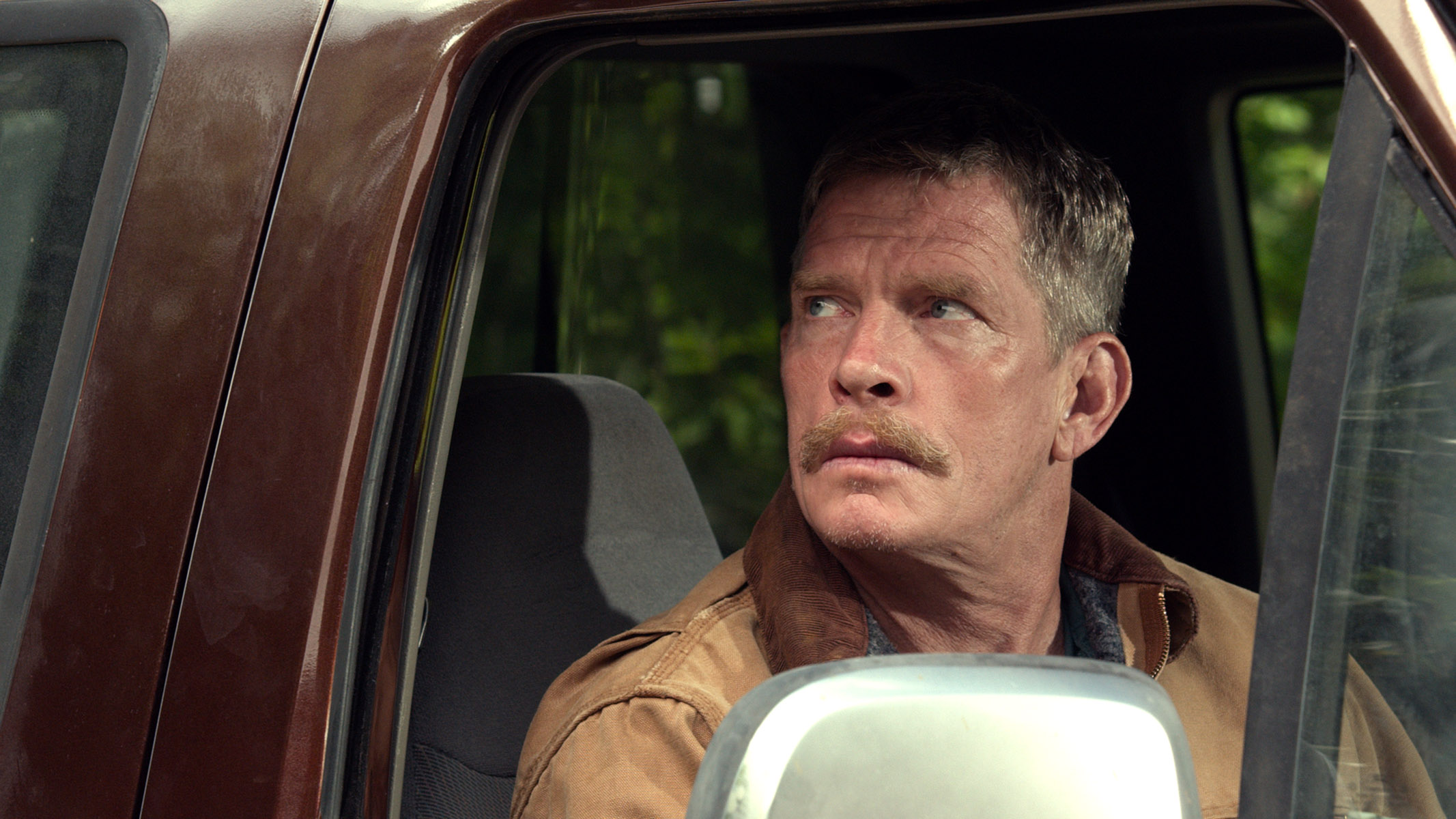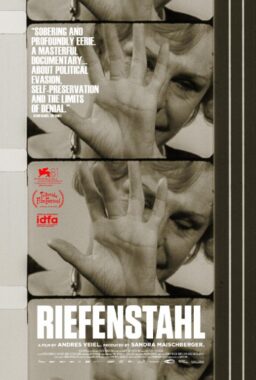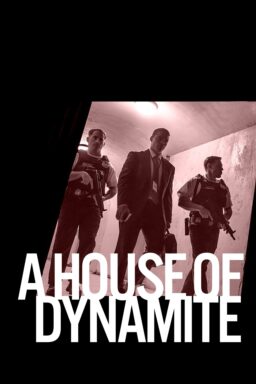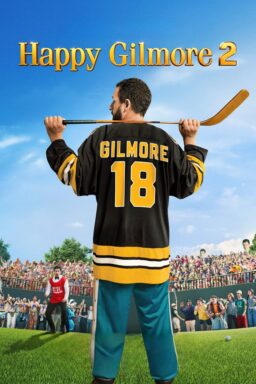A polished, family-aimed adventure, the Texas-set “Max” is a silver screen relic starring a charismatic hound (a Belgian Malinois, to be precise), in a story inspired by the military service dogs who work side-by-side with our troops. The title dog belongs to soldier Kyle Wincott (Robbie Amell), but is taken in by his family when Kyle is killed in action. At first, Kyle’s younger brother Justin (Josh Wiggins) rebuffs the friendly, sprightly pooch. But as meddling kids and their brash pets are oft to do, they soon begin an unlikely friendship, and find themselves at the center of a dangerous crime.
In the film, Thomas Haden Church Justin’s father, a blue collar worker with his own wounds from past military experience that complicate his emotional connection to his two sons, and their dog. The Oscar-nominee (for Alexander Payne’s “Sideways”) returns to the multiplex after a part in the hit religious film “Heaven Is for Real” from last year, while having previous appeared in a mix of indie and studio projects that range from “George of the Jungle” to “Lucky Them” and even “Spider-Man 3.” In 2003, the born-and-raised Texan wrote and directed the stoner road comedy “Rolling Kansas.”
In downtown Chicago a couple days before the film’s release, Church spoke passionately to RogerEbert.com about the elements behind “Max,” particularly the image he has of his own veteran father, the obedience and dedication found within the Belgian Malinois breed, and more. He also talked about his involvement in William Friedkin’s “Killer Joe,” which offered him a role that he calls a “premium moment” of his career, and inspired him to give Friedkin a historic gift in return.
With your Texas roots, and your father’s past in the military, did you look at your part in “Max” as a more personal role?
I think I probably did on some level.
What was your dad like?
My dad was in the military, and he was a combat vet. And my dad was also a very stoic guy in the aftermath. I have two brothers, and of course we were very curious about my dad being a soldier. And that generation, at least in my experience, were very stoic about what they saw, and the horrible things that they had to endure. My dad fought in the Philippines and on Guam, which was some of the fiercest fighting in the Pacific Theater. And I know my dad saw some terrible things, because he just refused to discuss it. And I remember, I asked my dad, I had talked to him because I came very close to being in the movie “Saving Private Ryan,” I asked him if he would have any interest in it, and he said, “No, no. I can’t go back to that part of my life. It’s just too vivid. I could never enjoy something like that, the way that an audience now goes and they see, ‘Well, this is a movie that took place 50 years ago, and has nothing to do with me.’ I lived it. Men that I trained with were actually killed. I can’t revisit all those ghosts.” And by the time that the movie came out, my dad was in his mid-60s, but he just couldn’t do it.

What intrigued you most about joining “Max”?
What I was really intrigued by was the perspective of these soldiers, that go largely unheralded and unknown, for their heroism, and for their absolute, unconditional dedication to their unit, and to their handler. In Afghanistan or Iraq, these are sharpened operations where we’re going in to kill the enemy, we’re going in to find and kill the enemy, and rescue people that don’t want to be a part of the insurgency, or the Taliban, or the Al-Qaeda fighters. These dogs are always at the tip, they’re always at the front. They’re detecting weapons, and the enemy. While all patrols and all units don’t have necessarily a war dog with them, the military I think, particularly between Desert Storm and invading Afghanistan and Iraq, really did determine that service dogs were an invaluable resource, and not just one that was expendable, just an animal that had the capability to detect things far beyond the senses of a human. And that they could smell threat, see threat, detect threat, and their dedication in the military in all of the branches that have war dogs, their dedication is to protect and save soldiers lives. That’s all they give a shit about. And that’s the amazing thing, when you work with them on set, even though they’re getting rewarded all over the place, and they do do that with the dogs, but the dogs can detect danger, and when the dogs are going to detect danger, it is about survival, and the hive instinct is to survive. But they’re trained that it’s not just their survival, but all of the humans that are following them into the dangerous situation. That’s what I really love about the opening scenes in “Max.” You see him, and he’s just walking along, and he’s like “Doing my job, doing my job, doing my job” and then boom. Now there’s danger, and he alerts the soldiers, and they drop down and get into defensive position. [He’s] putting himself completely at risk. And they’re trained to do that, man.
From your perspective as an actor, did working with a trained animal cause this set to operate differently than the other studio sets you’ve been on?
It’s a challenge. But there’s so many other challenges. You’re always dealing with the weather, and how it’s going to mess with the scheduling, or an actor gets sick. Or, you lose the location so you’ve got to swap out. There’s so many technical stuff too, like crane issues, or a camera breaks down. There’s so much that you have to deal with on an hourly basis, the dogs just present a different challenge. And you know what? So do personalities on set. I’ve worked with great, great people that were giant movie stars, and I’ve worked with others that needed to know what their motivation to spit was.
Whenever you’re working with animals, the wranglers don’t want their department to hang up a production. They are very well trained, and they have the best handlers. Each animal has somebody very specific that they work with, which is like the military. And the dogs were just great. There’s the little things, like you’ve got to pay them with a little bit of food every time they do something in a sequence of activities in shooting a scene. And they’ll bite you sometimes, or they’ll bite you when you don’t pay them. Or, they’re going by you, especially Belgian Malinois, they’re just high voltage animals. They go by you, and they’re focused on doing something, and you make the wrong move, and seriously it’s like somebody’s got a live electrical cable that might shock you, but then it moves on. Because they will, man. If they’re focused on something, and they’re revved up to run at something as fast as they can for 500 yards, or they’re going to attack somebody or another dog, or chase the boys on bicycles, these are all high-rev activities that they’ve got to get the dogs amped up to do. The dogs don’t just lay around in their cages just waiting to snarl and bite, they have to get into that. The dog fighting stuff in “Max” is the most intense, because it’s always a male and female – you can’t have two males fight, you can’t have two females fight, because that alpha instinct will take over. And what they do is that they get them revved up and turn them loose, but there’s a margin of where the dogs think they’re still playing, but to us it looks really aggressive. The dogs think they’re still playing, but they will hit that point where that it all goes away and they are really getting after it, and trying to hurt one another. And that’s when the handlers jump in and pull them apart, calm them down, they reset the cameras, and then they start juicing them up again. They have little things to get the dogs riled up, and then they turn them loose, and they start the whole process over again, but the handlers are so expert, they know the dogs so well.

How much of your understanding of dogs has come from working on “Max”?
It’s just what I’ve learned along the way. I did a movie with the Austin Police Department, where a Belgian Malinois was the narcotics dog. It was a movie that I wrote and directed, “Rolling Kansas,” so we worked with the dog on a few different days. But the APD guy was a great guy, and I just asked him a lot of questions. I’m a curious individual.
You had quite a lot of experience in Hollywood, from breaking out in “Tombstone” to playing one of the villains in “Spider-Man 3.” How do you feel the studio system changed, or not changed, compared to when you first started making movies in Hollywood?
Well, in studio moviemaking, the game has become so much bigger. Like, I have this Will Ferrell movie coming out in the fall (“Daddy’s Home”), which is a bigger movie with Mark Wahlberg, and it’s a big Gary Sanchez and Paramount deal, because Will and Mark bring some heavy action with them. But when you’re on set, the level of collaboration, the pursuit of what works the best and is the funniest, is not different than anything else. The budget may be 80 million or whatever the budget was for “Daddy’s Home,” but when you work with the right people … honestly, the rewards are all the same, that it just turns out to be a very rewarding experience creatively. And then commercially, a movie like this or “Heaven Is for Real,” if these movies work commercially, and I benefit from that, I benefit from it because creatively we got to where we wanted to be, and it connects to an audience. If it doesn’t connect to an audience, there’s really not a great purpose in doing it. Because if you do “Killer Joe,” which only did five million domestic in theaters, it actually connected to a cult audience, and the download and DVD market just continues to pay dividends. And I have people, like you, that will come up to me and they don’t want a selfie because I was on “Wings” or “George of the Jungle,” or I was The Sandman (in “Spider-Man 3”), or they love “Sideways” because they love to get drunk on the weekends with their girlfriend on Merlot or Pinot, but somebody who has a really more attenuated sense of cinema. I’ve had people come up to me and say, “Dude, you were money in ‘Killer Joe’,” and I think, “You know what, I did do a good performance, and the movie’s good,” and I got to work with [director] Billy Friedkin, Matthew McConaughey, Emile Hirsch, and Caleb Deschanel, the cinematographer. Emile’s fucking amazing in “Into the Wild,” and McConaughey just keeps giving great performances, and Billy Friedkin is a legend from when I was kid.

How did Friedkin get you involved in “Killer Joe”?
[In a low, gravelly voice] “Thomas, it’s Billy Friedkin here.” He called me at my ranch! And I’m like, “Where are you?” He said, “I’m in my home, in Bel-Air, California. Where are you? They just gave me this fucked up phone number.” And I said, “I’m at Northwest Bandera County, Texas.” And he said, “Well, listen. I am very serious about you doing this picture with me. I need you to bring your Texas authenticity just like I need Matthew to bring his, and I want these other actors to pay attention to how you carry yourself and the way that you talk.” And I’m literally like, “Holy shit.” I’m sitting on the back porch of my ranch house, in the middle of nowhere, and I’m listening to William Friedkin give me a sales pitch on being in “Klller Joe.” It is one of the most premium moments of a career, to have an Oscar-winning director pitch you. And I was just like, “Billy, let me interrupt you. I’d love to be in your movie. And you just tell me when and where, and I’ll be there.” And he said, “I love you.” And he wrote an excerpt of his book about how much he enjoyed working with me. And later he told me on the phone, I talked to him last year, “I don’t know if I’ll ever do another movie without you in it.” He said that. And I said, “Billy, you’re a gem.”
As a wrap gift, Billy’s Jewish, but he bizarrely was studying the Bible, and excerpts from the Old and New Testament. And I was fascinated by this. I asked him about his interest with the Scriptures, and he said, “There are so many truths, and so many great men … the documentation of these religious experiences … ” And so I found this rare Bible dealer out of Phoenix, AZ, and gave him a Bible that was printed around 1704. The thing was gigantic, and in beautiful condition. I had it shipped to Billy. And he called me in tears. “This is the most profoundly rewarding gift I’ve ever received from someone from a film. I’m never going to forget this.” And then Sherry Lansing, his wife, who ran Paramount forever, even when I was in “Wings,” called me with a real sweet voice, “Thomas, that was such a wonderful gift, and Billy was so moved by your thoughtfulness.” And I said, “Hey. I got to work with Billy Friedkin, in a Tracy Letts adaptation with Matthew, Emile, Caleb, Juno (Temple), and Gina Gershon.” I said, “I just gave Billy some thing that is a book on a table. It’s a great manifest, but a book on a table.” I am forever enshrined in “Killer Joe.”












